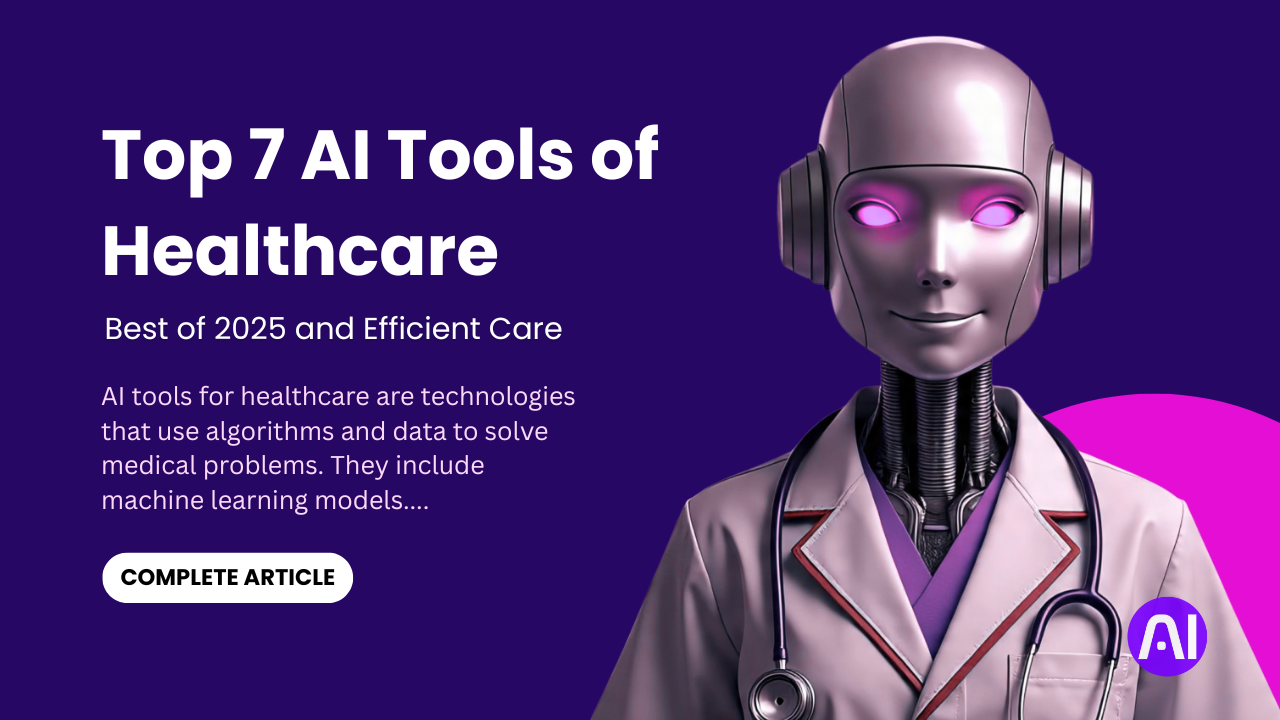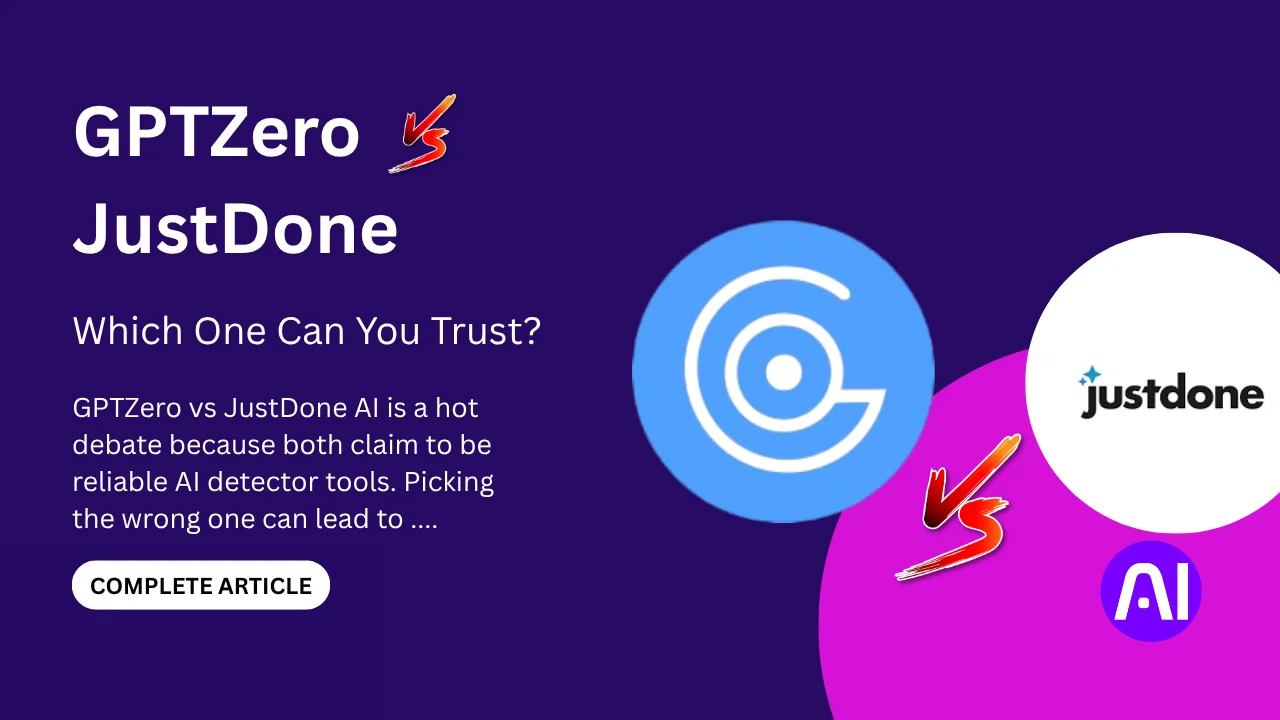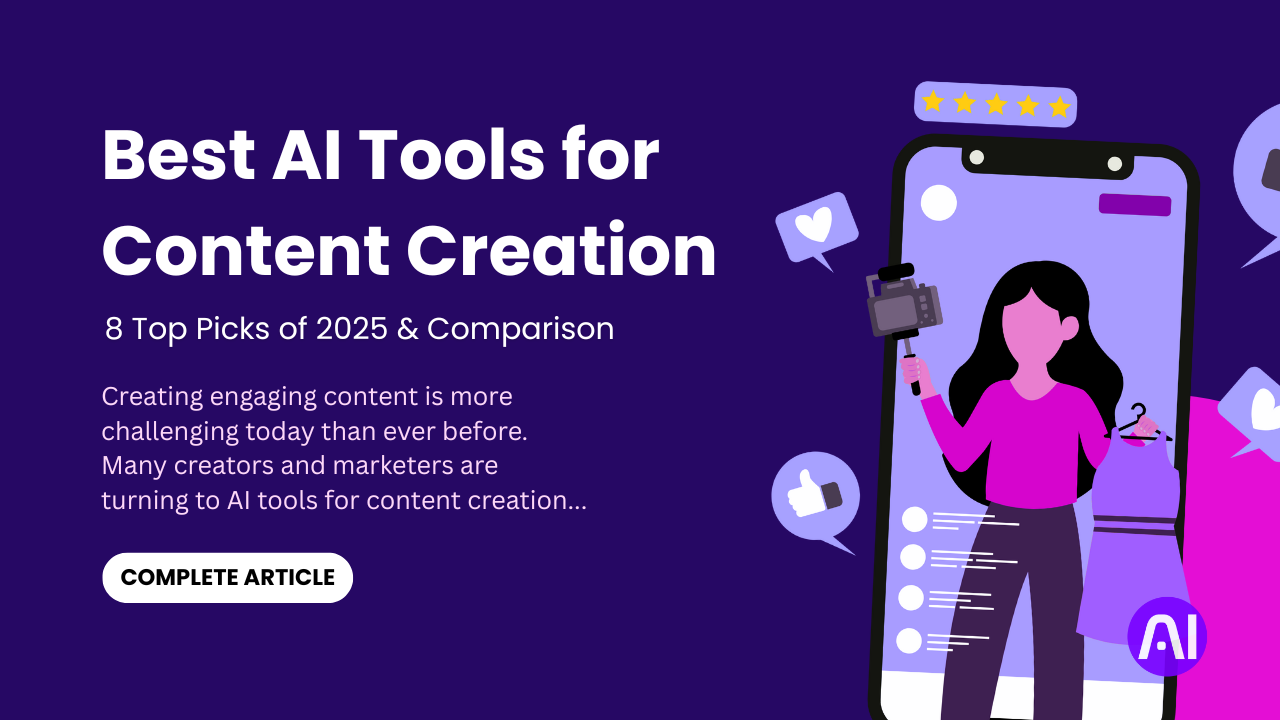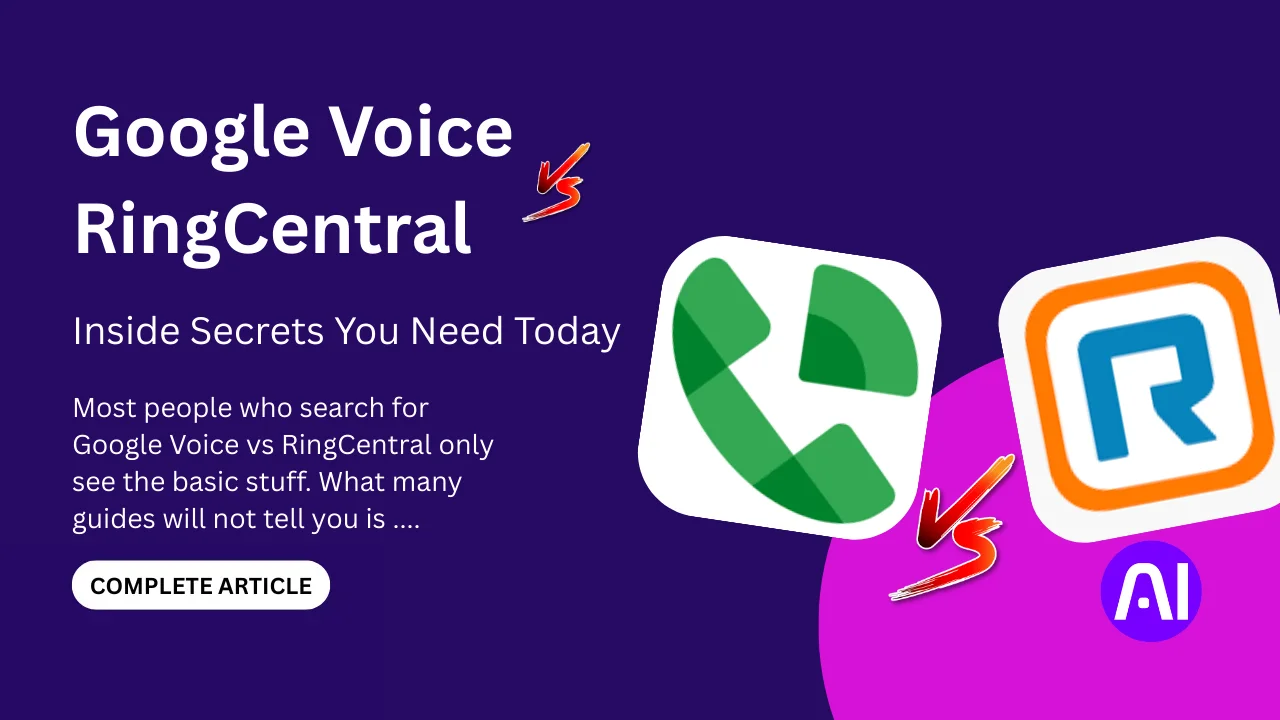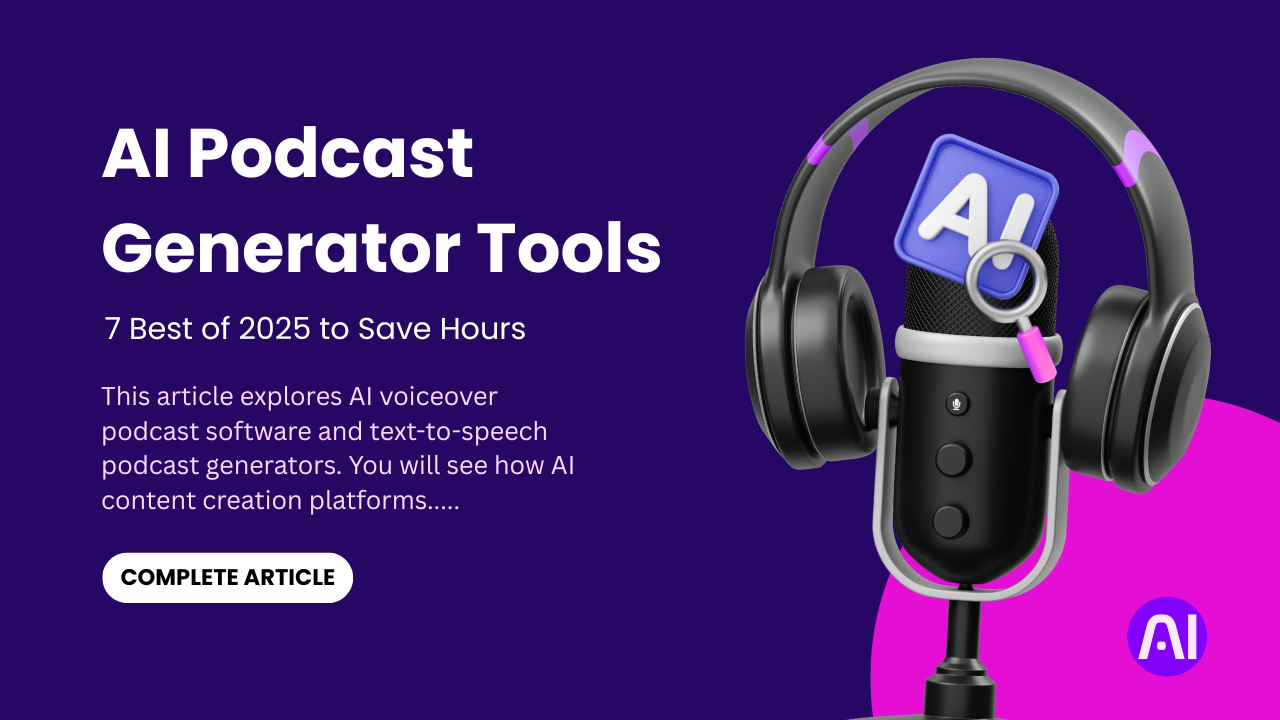The job world is changing fast. Companies are hiring in new ways. Workers are looking for better chances. At the same time, there’s too much information and not enough clear answers. That’s where labour market intelligence comes in. It helps people see what’s really going on in the job world today.
Right now, it’s easy to feel lost. There are numbers, graphs, and job sites everywhere. But what do they all mean? Many people feel unsure about the future of work. With real-time labour market information, we can make smarter choices. Whether you’re looking for work or planning a business, these insights matter.
This article gives you the truth about labour market intelligence, how it works, and why it matters. You’ll learn how AI is shaping jobs and what to expect in the future. You’ll also see how the Artificial Intelligence Impact on Labor Markets is real and growing. No fluff, no confusion, just helpful answers you can trust.
What Is Labour Market Intelligence?
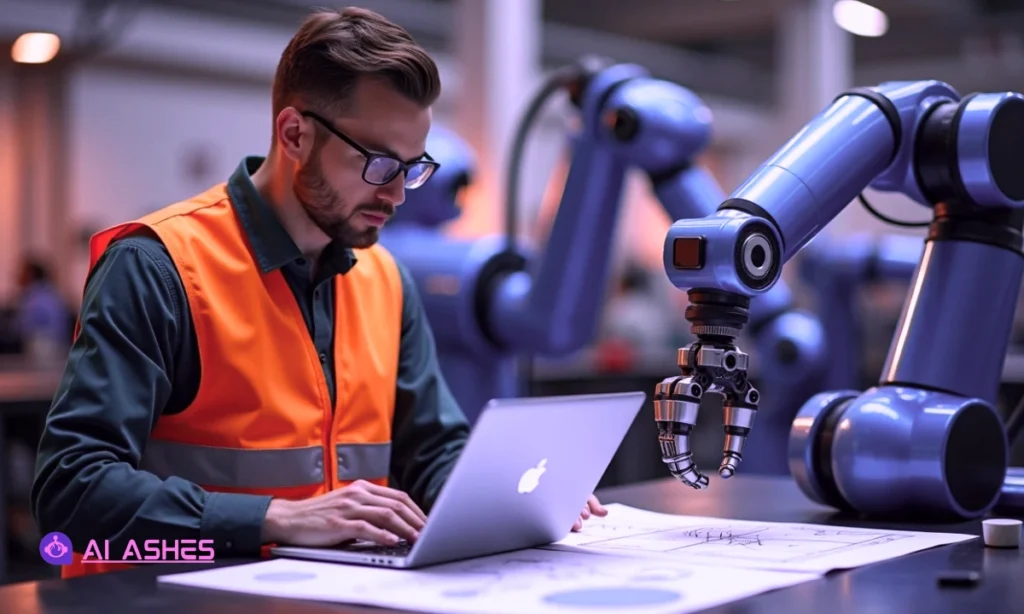
Labour market intelligence is a way to understand what is happening in the job world. It gives a clear picture of who is hiring, what skills are needed, how much jobs pay, and where the jobs are. It connects people to real facts about work.
LMI includes four main things:
- Job supply and demand: How many people are looking for work and how many jobs are open
- Wages and earnings: How much money people make in different jobs
- Skills and training: What employers want workers to know or be able to do
- Geography: Where jobs are growing and where they are not
Old-school LMI used labor statistics tools from surveys, government data, and reports. These tools gave useful info but it was often slow or outdated. It worked fine when job markets moved slowly. But that is no longer the case.
Now we have AI-powered labour market intelligence. It uses tools like Claro Analytics to collect and study job data in real time. These tools scan millions of job posts and worker profiles to show what is happening right now. This is faster, smarter, and more helpful than waiting for old reports.
For example, traditional LMI may show nurse jobs are growing. But AI tools can tell you which city needs nurses the most, what skills they want, and how much they will pay right now.
So what is not LMI? Labour market intelligence is more than random job ads. It goes beyond guessing trends or sharing opinions. Labour market intelligence is about clear, trusted data. It helps workers, students, teachers, and employers make better choices. It makes the job world easier to understand.
The Role of Employment Trend Analysis in Smart Planning
Employment trend analysis is the study of how jobs change over time. It helps us see patterns in hiring, layoffs, and skill needs. This is key for anyone planning their career, training, or business moves.
By looking at hiring spikes, we can see when companies need more people. Layoff trends show when and where jobs may shrink. Skill shifts tell us what workers need to learn next. All this helps with smart, forward thinking.
For example, the Online Labour Index tracks changes in gig work like freelancing and online jobs. It shows how platforms such as Upwork or Fiverr grow or shrink in demand. This tells gig workers what to expect next.
This is where job market forecasting comes in. Instead of only looking at the past, we now use tools that predict what will happen next. AI-powered systems spot trends before they hit. They help companies and workers stay ready.
Want to see how this works in real life? Check out: Hiring trend analysis using AI. This guide explains how AI tracks job growth in tech and healthcare. It shows how companies can use this info to plan better.
In short, employment trend analysis gives us clues about the future. Combined with AI, it turns data into a clear map. This helps workers find stable jobs, employers fill roles faster, and schools teach the right skills. Smart planning starts with the right trends.
How AI Transforms the Labour Market with AI Insights
The world of work is moving fast. We need fresh data, not old reports. That is where the labour market with AI comes in. It gives real-time insights that help people act quickly and wisely.
AI tools scan the internet every second. This is called real-time scraping. These tools collect job ads, resumes, company news, and more. Learn more about real-world impacts in How AI in industrial automation boosts efficiency.Then they use NLP, or natural language processing, to sort this data. NLP reads and understands words like a person does. It puts each job into the right category and finds hidden patterns.
Here is what AI does better:
- Faster updates no need to wait for monthly reports
- Smarter sorting finds skills and job titles with real meaning
- Wider reach covers more job boards and companies at once
- Real-time labor-market information what is happening now, not last year
Tools like Claro Analytics and Chmura’s JobsEQ lead the way. Claro shows what jobs are trending and where. It helps employers and job seekers spot shifts in demand. JobsEQ maps job data to skills, wages, and locations. This helps cities, schools, and companies plan ahead.
For example, a tech firm may see rising need for AI engineers in certain cities. A school may see soft skills becoming more important for healthcare roles. These insights come from AI reading the job market live.
Using the labour market with AI is like having a smart guide. It watches the whole job world and gives real answers. No guesswork. Just facts that help people grow, learn, and plan better.
Long-Term View: Artificial Intelligence Impact on Labor Markets
AI is changing the job world for good. Some jobs will go away. Others will grow fast. This is the heart of the Artificial Intelligence Impact on Labor Markets. It is not just about machines doing tasks. It is about how work itself is changing.
Some roles will fade. Routine tasks like data entry or phone support may need fewer people. At the same time, new jobs will grow. These may include AI trainers, tech repair experts, and data reviewers. This is not a loss. It is a shift.
To keep up, we must learn new skills. This is where reskilling comes in. People can now learn fast through MOOCs, bootcamps, or microcerts. These options are low-cost and focused. They help workers stay ready as jobs evolve.
Companies are also hiring in new ways. Many now look for skills, not just degrees. Flexible hiring lets them find talent faster. Workers with real skills can grow even without a college degree.
Governments and businesses must also act. Planning ahead means tracking AI job market trends. It means using smart tools to find the gaps and fix them. One example is how Walmart used real-time job data to train staff better and cut turnover.
This is not just about one job or one tool. It is a whole shift in how people work. To stay ahead, we must keep learning, stay open, and use data the smart way.
Another great example comes from research. A study shows how AI has different effects in each country based on job type and training level. You can see this in the Artificial Intelligence and employment: cross-country study.
Essential Tools & Platforms to Use Right Now
Smart decisions need smart tools. If you want to understand labour market intelligence, you need platforms that give clear and real-time data. These tools help track job trends, skills in demand, wages, and hiring needs. Let’s look at the top tools to try today.
Claro Analytics
Claro is a strong labor analytics software. It gives real-time job market reports. You can track job posts, company hiring trends, and top skills in demand. Claro also has AI dashboards that help recruiters and HR teams act fast. It is great for spotting trends before they happen. This makes hiring quicker and smarter.
JobsEQ by Chmura
JobsEQ is used by schools, companies, and city planners. It links jobs to skills, pay, and locations. You can see which jobs are growing in your area and what training people need. This is very helpful for long-term planning. It also supports economic development teams who want to grow local talent.
Online Labour Index
The Online Labour Index tracks the gig economy indicators. It watches platforms like Fiverr and Upwork. It tells you where gig work is rising and which skills are hot. Freelancers and gig workers use it to stay ahead. It is also helpful for platforms hiring remote teams.
All of these tools support real labour market intelligence. They show what is happening now and what is likely to happen next. This helps workers, employers, and trainers make smart moves.
One good example of how these tools help is in this case study on How labor-market analytics helped improve hiring strategy. It shows how data helped a team improve hiring with the right tools.
These platforms also reflect the Artificial Intelligence Impact on Labor Markets. AI is behind the speed and power of these tools. It reads millions of data points fast and gives real answers. That is why these tools are better than guesswork or slow reports.
To plan well, start with smart platforms. The right data leads to the right steps.
Step-by-Step Guide to Leverage LMI
Using labour market intelligence does not have to be hard. You just need a simple plan. Whether you are hiring, training, or investing, the right steps help you stay ahead. Follow this guide to make smart moves using real labor market data for decision making.
1. Set Your Goals
First, be clear on what you want. Do you need to hire faster? Are you building new training programs? Are you investing in a new location or industry? Clear goals will help you pick the right data.
For example:
- Hiring: find out which roles are in demand
- Upskilling: learn what skills are missing in your team
- Investing: look for industries or areas with strong job growth
2. Choose the Right LMI Tools
Now pick tools that match your goal. If you want fast updates, go for real-time tools like Claro or JobsEQ. They give live job posts, wages, and trends. Explore how businesses use data systems in What is automated data processing. If you want long-term patterns, survey-based tools or government reports can help.
Do not mix too many tools at once. Start with one or two that fit your needs best.
3. Analyze the Data
Next, look at the numbers and trends. Spot patterns in hiring, layoffs, and job growth. Use employment trend analysis to find where things are changing. Check for:
- Skills that are rising in demand
- Wages going up or down
- Gaps between worker supply and job needs
This will help you plan better and avoid surprises.
4. Take Action
Now use the insights. If your data shows a skill gap, update your training. If pay rates are changing, adjust your offers. You can also change your hiring strategy to match where the talent is.
Act fast. The job world moves quickly.
5. Monitor and Adjust
Finally, keep checking your data. Update your view every month. Trends can shift overnight. Stay flexible and ready to adjust your plan as new data comes in.
By following these steps, labour market intelligence becomes a powerful tool. It helps you make the right decisions at the right time. Whether you are growing a team or planning a career, data leads the way.
Real Stories: How Top Companies Use Labour Market Intelligence
Big companies around the world are using labour market intelligence to hire smarter, faster, and better. These tools help them understand what skills they need, where to find workers, and how to fill jobs quickly. They also use AI job market trends to plan for the future and help their teams grow.
Below are three real case studies that show how companies like Chipotle, Unilever, DHL, and Johnson & Johnson are using AI and smart hiring tools to make better choices. Each story is simple, clear, and full of helpful lessons.
Case Study 1: Chipotle Uses AI to Speed Up Hiring
User: Chipotle Mexican Grill
Challenge: They needed 20,000 workers fast for “burrito season.” Hiring by hand was slow and hard.
Solution: They put in a chatbot named Ava Cado from Paradox. This bot talks with applicants, answers questions, sets up interviews, and sends out job offers.
Result: Applications nearly doubled. They cut the time from application to hire from eight days to four days .
Takeaway: Using labour market intelligence with AI means faster hiring and more happy workers.
Case Study 2: Unilever’s AI Hiring Transformation
User: Unilever (a big company that makes soap and food)
Challenge: They received over 250,000 applications each year. It took too long to hire.
Solution: They used AI tools like Pymetrics games and HireVue video interviews. AI checked resumes and candidate behavior in videos.
Result: Their hiring time fell from four months to four weeks. They saved 50,000 hours of work and got more diverse hires (+16 %) .
Takeaway: Good employment trend analysis and smart tools make hiring faster and fairer.
Case Study 3: DHL and Johnson & Johnson Pivot to AI
User: DHL and J&J (big companies in logistics and healthcare)
Challenge: They wanted to use workers better and fill jobs fast from inside their teams.
Solution: They used AI to compare worker skills to open jobs. This “skills inference” matches people to roles and suggests training. J&J picked 41 new skills they needed and used AI to map them in workers. DHL created a career marketplace powered by AI .
Result: They filled roles faster with workers who already fit well. Hiring inside was cheaper and quicker.
Takeaway: With labour market intelligence and AI, companies can use their own teams smarter and faster.
Next‑Level Tip: Competitive & Recruitment Intelligence
When it comes to smart hiring, knowing what your company needs is not enough. You also need to know what your competitors are doing. That is where competitive labour market intelligence comes in. It shows you where other companies are hiring, what skills they want, and how they build strong teams.
Scraping Job Postings for Insights
One smart way to do this is by watching other companies’ job ads. AI tools can “scrape” job boards and company career pages. This means they collect job data to find out what roles are open, what skills are hot, and how much they pay. This is called talent flow analysis.
By doing this, you can learn:
- What organizations are hiring for the same positions as you
- What salary ranges they offer
- Which cities or countries they focus on
- How quickly they hire or promote people
This helps you stay one step ahead. If your competitors are building a new AI team, you will know early and can act fast.
Tools That Help You Compete
You do not have to do this work by hand. There are tools that make it easy. Two of the best are Semrush and Owler.
- Semrush gives you insights into job trends and keywords your rivals use
- Owler shows company changes, new hires, and workforce growth
Both tools can help you figure out what other businesses are doing that works and what might work for you as well.
Why This Matters
Using this type of labour market intelligence helps you hire better and faster. You can improve your job ads, update your offers, and build teams with skills that matter now.
It also helps with long-term planning. You can spot where the market is going and change your strategy before it is too late. Companies that use competitive labour market intelligence often stay ahead. They attract top talent, keep workers longer, and save time on bad hires.
So, if you want to grow smarter, look at what others are doing. Then use the data to build something better.
Conclusion & Your Action Plan
The job world is moving fast, but with the right tools, you can move faster. Labour market intelligence gives you three big wins. First, it brings agility. You can see job shifts as they happen and react quickly. Second, it offers clarity. No more guessing which skills or roles matter. Third, it gives a competitive edge. You know what others are doing, and you plan better because of it.
Whether you are a recruiter, job seeker, or team leader, now is the time to act. Pick one tool this week like Claro, JobsEQ, or the Online Labour Index. Use it to track job changes or explore which roles are growing in your field. Start small, but stay consistent. The more you learn, the smarter your next move will be.
If you have ever wondered how companies hire faster or how workers stay ahead, now you know. It all starts with smart data, AI-powered insights, and clear employment trend analysis. Using the labour market with AI is no longer optional. It is a smart way to build a better future.
What insight surprised you the most in this article? Share your thoughts in the comments, we would love to hear from you.
Stay updated on AI trends! For more expert tips and the latest breakthroughs, follow AI Ashes Blog. Dive deeper into machine learning, data science, and cutting-edge AI research that’s shaping tomorrow’s workforce.
FAQs
1. What is labour market intelligence?
It is a smart way to watch job trends, pay levels, and in-demand skills. This data helps people make smart choices about hiring, training, or changing jobs.
2. How does employment trend analysis work?
It looks at hiring spikes, layoffs, and skill changes. Then it shows where jobs are growing now, so people and companies know what to do next.
3. Can AI make labour market intelligence faster?
Yes. AI tools like GitHub Copilot and NLP scrapers can read many job ads and data in real time. This gives instant information on job market trends.
4. What are labor statistics tools I can use?
Tools like ILOSTAT and Opportunity Insights Economic Tracker give trusted data. They show employment rates, wages, and job openings across countries and industries.
5. Why is job market forecasting useful?
It helps you see future patterns. If AI shows growing need for tech skills, you can learn them now. This way you stay ready for new opportunities.
6. How do real-time labor-market information tools help?
They scrape jobs and profiles every day. You see fresh trends, skill gaps, and pay rates fast. This keeps you up to date and ready to act.
7. What is talent flow analysis?
It watches how workers move between companies and jobs. This shows skills that are hot, and which firms are hiring fast for those skills.
8. How can companies use labour market with AI?
They can use AI-powered dashboards to match skills and jobs. This helps them hire faster, train workers smart, and plan for growth.
9. What is the Artificial Intelligence Impact on Labor Markets?
It means AI will change many jobs. Some tasks will go away, but new roles will grow. People will need to learn new skills like coding, AI use, and data analysis.


